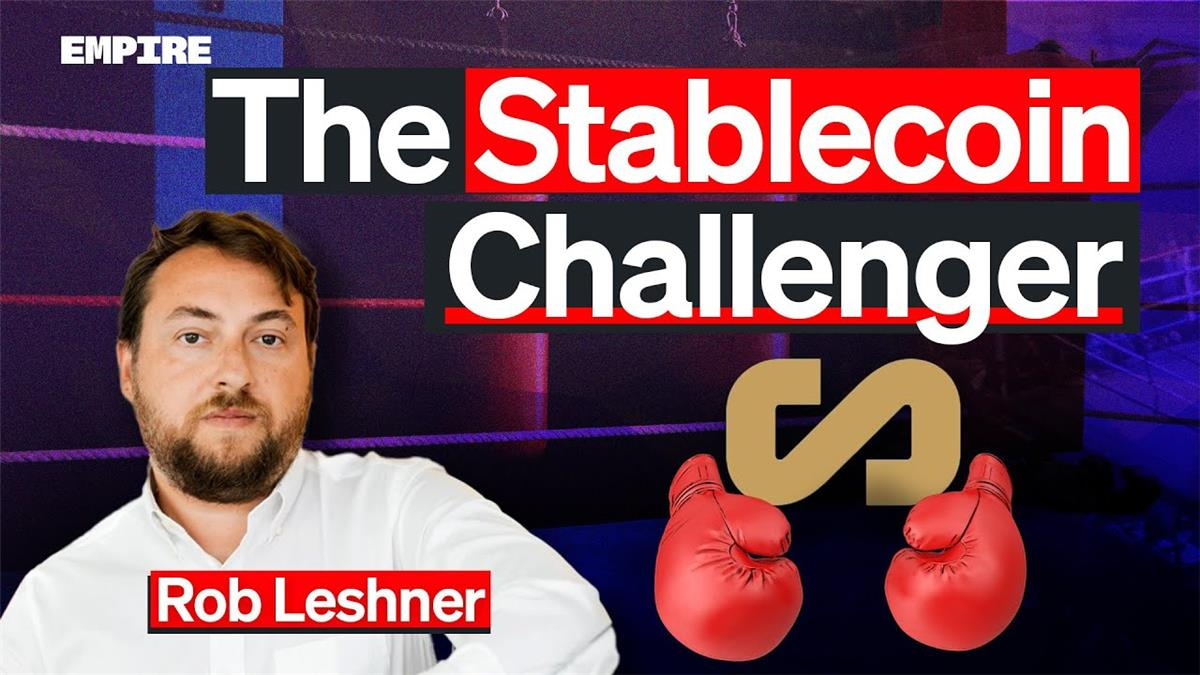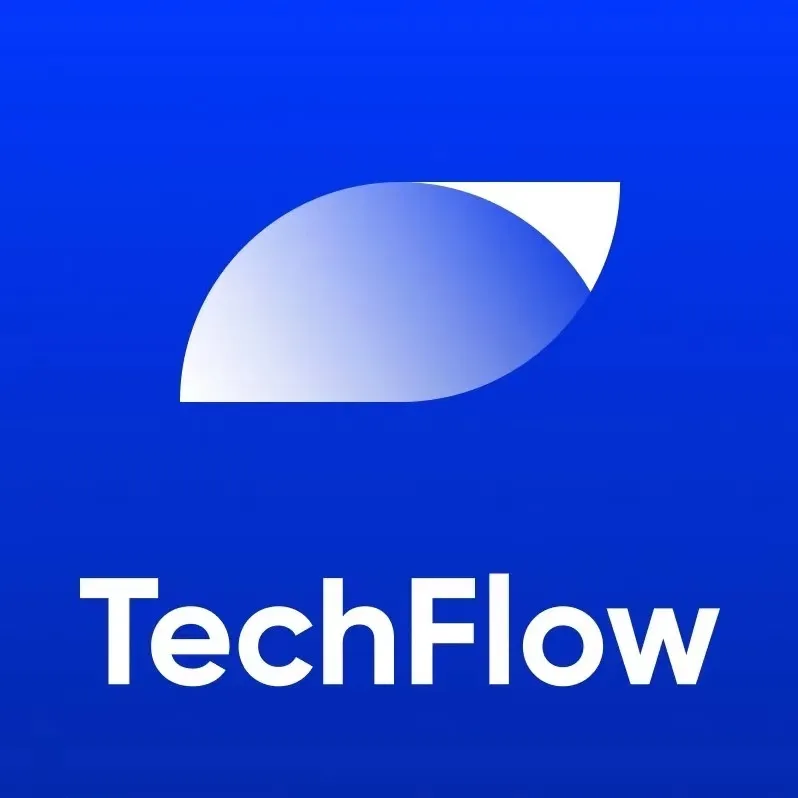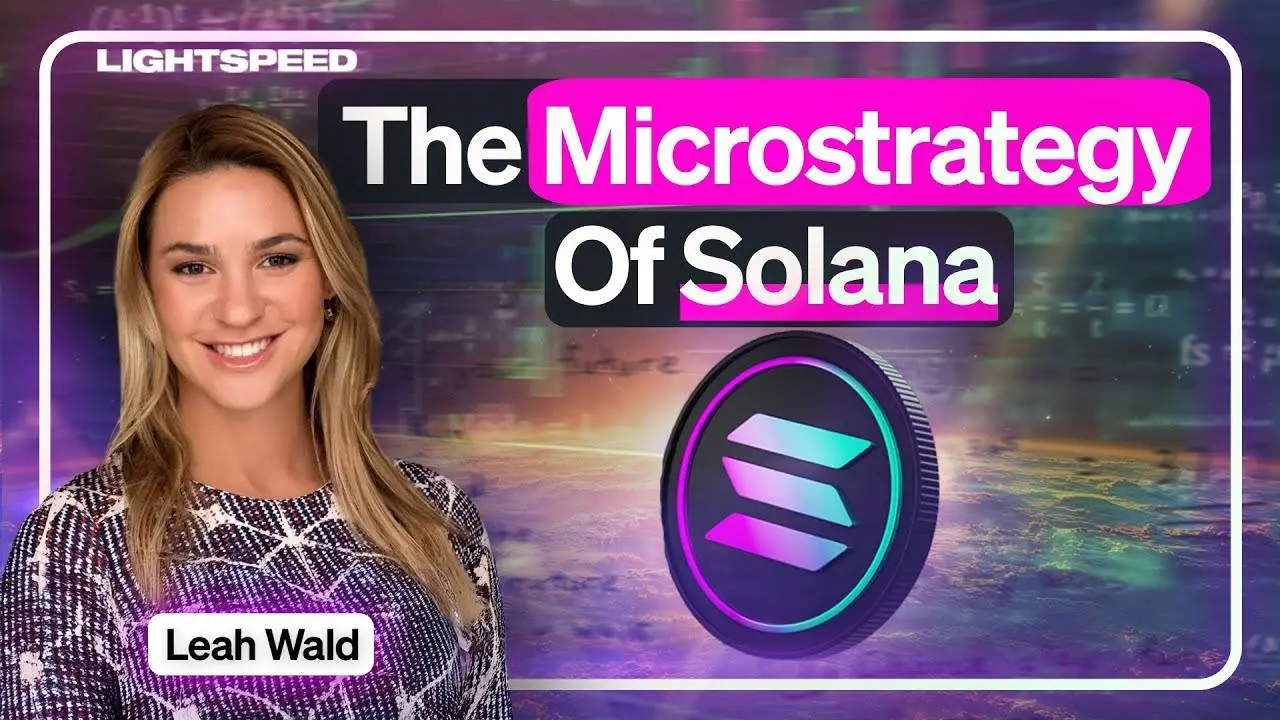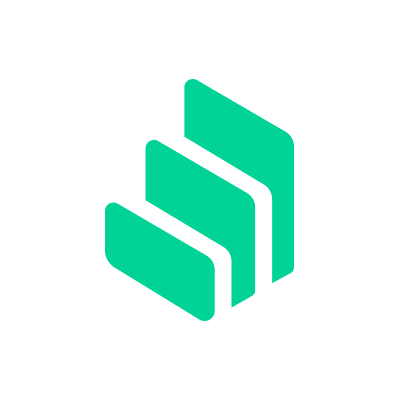Interview with Compound founder, how Superstate brings RWA into the crypto world?
整理 & 编译:深潮 TechFlow
In a recent episode of Empire, Jason invited Rob Leshner, the former founder of Compound, to discuss his newly founded company, Superstate.
The episode explores the challenges and implications of bringing real-world assets (RWAs) on-chain, Superstate's go-to-market strategy and competitive landscape, as well as the upcoming stablecoin battleground.

Host: Jason, Empire
Speaker: Rob Leshner, Founder of Compound
Video Attribution: Empire Podcast
Segment: Link
Release Date: July 11
The Founding Purpose and Opportunity of Superstate
Rob stated that when he entered the cryptocurrency industry in 2017, he believed that the tokenization of real-world assets and things was just around the corner; however, six years later, what we see is a lack of significant attraction and proof of assets moving from traditional markets to blockchain.
He believes this is one of the greatest opportunities for the blockchain ecosystem, investors, developers, and builders, as it assists in the process of bringing assets onto the chain.
Rob pointed out that the long-term advantages of bringing assets onto the blockchain are diverse, including composability with other on-chain systems, a significant increase in transparency, automation, speed of settlement, and permanence, among others.
Therefore, he founded Superstate. The goal is to purchase short-term government debt and tokenize it on the blockchain; specifically, Superstate primarily engages in investment management, providing consulting for mutual funds.
Unlike other mutual funds, shareholders of Superstate funds can request that their ownership records be sent to a blockchain address they control, whether self-custodied or with a qualified custodian.
The benefit of Superstate is that it allows you to invest in a specific mutual fund while also being able to see your other investments with the custodian, or to track them in a single investment management approach, and have a unified technological framework to store, manage, and monitor your investments.
Challenges of Bringing RWAs On-Chain
Despite many people being interested in bringing traditional assets like stocks and real estate onto the blockchain, there is currently greater interest in crypto-native assets in the market. Rob believes this is because people can already access assets like stocks off-chain, and they prefer new things that they have not yet accessed. However, he anticipates that this trend will change as more becomes possible on-chain.
Secondly, he mentioned the technical challenges. He explained that the process of bringing traditional assets onto the chain is not straightforward. It requires establishing a fund that can exist on-chain, regardless of what the fund contains, and that can exist as a digital record on-chain.
Thirdly, he addressed the issue of market interest rates. He pointed out that if a 5% treasury bond can be easily obtained on-chain, people may be unwilling to accept on-chain returns below that level. This could lead to rising interest rates in decentralized finance, impacting the market.
Finally, he mentioned competition. He believes they are not the only team developing solutions and will not be the only one. He expects many excellent teams will be working hard to meet the market's demand for how to bring excellent investments from traditional markets onto the chain.
Impact of Trading RWAs in a Crypto Way
Rob first explained the risk-free interest rates of different currencies. He emphasized that a 5% yield in Ethereum cannot be compared to a 5% yield in USD, as the dollar is stable, while Ethereum may fluctuate by 3% daily when priced in dollars. Therefore, the risk-free interest rate exists for every currency; for Ethereum, it comes from staking yields, while for USD, it comes from treasury bonds.
Next, they discussed the application of fixed-rate instruments in the cryptocurrency market. Rob expressed surprise that fixed-rate instruments have not yet become popular in the cryptocurrency market. He himself has invested in 10 protocols offering fixed rates but has not seen any market or product achieve large-scale application of fixed rates in cryptocurrency.
Then, they discussed the possibility of companies borrowing on-chain. Rob believes that if companies are looking for stable investments, they can purchase 10-year or 5-year treasury bonds without needing any existing crypto products.
As more enterprises, institutions, users, and investors are able to interact with the blockchain and access blockchain-based markets and services, they may be more willing to borrow on-chain. This could impact traditional borrowing markets.
Market Landscape and Regulatory Challenges Facing Superstate
Financing Strategy Optimization: Rob explained that they chose an optimization strategy to raise funds only from companies they already know and believe will become ideal users and participants. Their goal is to ensure there is enough capital to launch the project, rather than engaging in conversations with a large number of investors.
Potential investors, especially large investment firms like BlackRock, Vanguard, or Fidelity, want to invest in Superstate as long as they do not bring restrictive behaviors, which would be beneficial for both parties. Restrictive behaviors may include additional management rights, information rights, or product preview rights, which could negatively impact Superstate's operations and development.
Finally, they discussed regulatory issues. Rob explained that they need to whitelist anyone holding their products. He believes this is a necessary transaction, as they need to verify whether someone is a U.S. investor.
He envisions that the future DeFi world will be a mix of permissioned and non-permissioned assets coexisting within the same protocol, market, and entity.
The Competition Between Stablecoins and RWAs, Exploring New On-Chain KYC Models
Rob also mentioned the competition between stablecoins and investment products. He believes that over time, there will be competition between the two, as they both vie for users, capital, and use cases.
He predicts that in the future, there may be a large number of stablecoins and on-chain investment products coexisting in the same market.
They also discussed a potential product idea of creating a KYC/AML protocol, where once users pass KYC/AML, they would receive a non-transferable NFT that exists in their wallet.
Then, when users trade on platforms like Uniswap, the platform can check if the user possesses this NFT, allowing only users with this NFT to trade Superstate's funds.
Views on Business Models and Company Operations
Rob stated that he enjoys bringing things that do not exist into life. He likes starting from 0 or 1, but he does not like starting from 10 or 100.
Finally, they discussed the new management team at Compound. Rob praised Jason, believing that Jason is not only a product designer but also a great product thinker.
He believes there is still significant room for improvement in user experience in cryptocurrency, so they need more people focused on users.












